-
×

-
×

-
×

-
×

-
×

-
×

-
×

Subtotal: £216.77

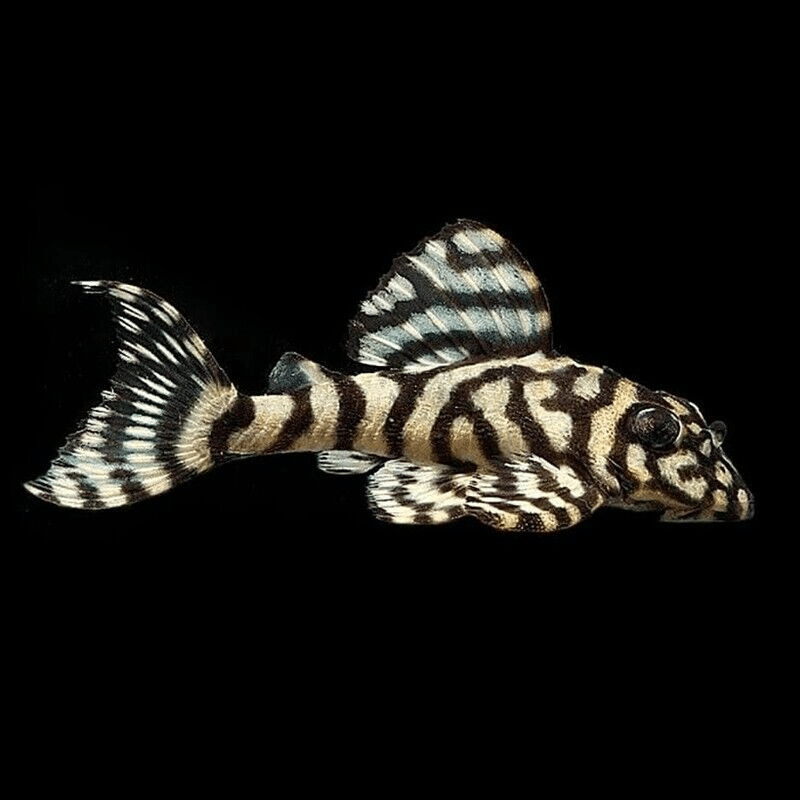
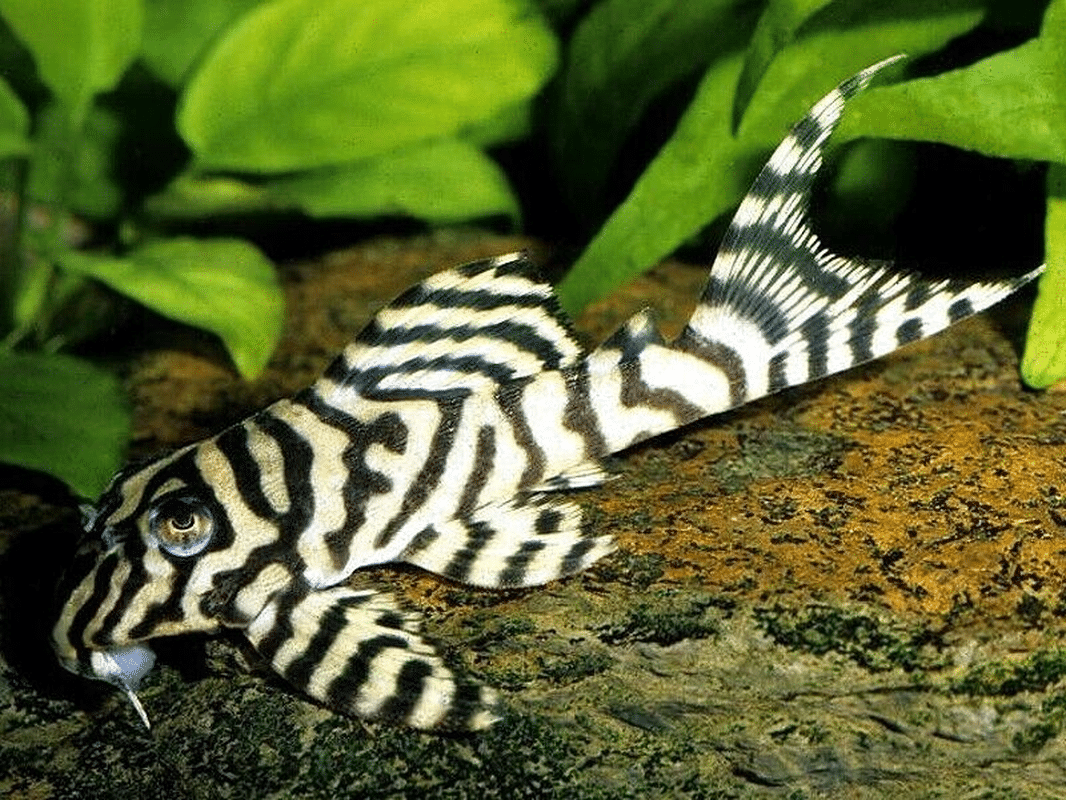



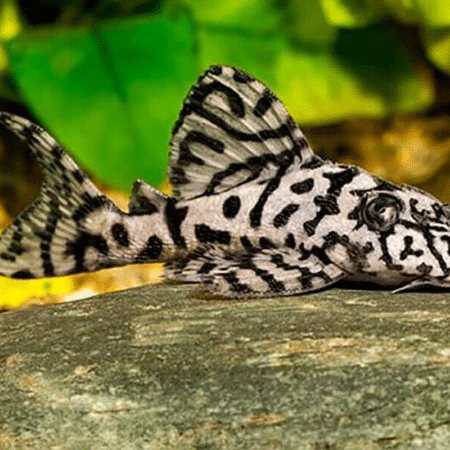
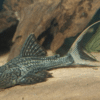
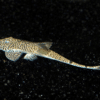









Emily Carter (verified owner) –
As a passionate aquarium hobbyist, I couldn’t be happier with my recent addition of the L236 Cracked Zebra Pleco! I’ve kept various freshwater catfish over the years, but this one stands out with its stunning markings and unique personality. I introduced my Cracked Zebra Pleco into a well-established 55-gallon tank about two months ago, and it has settled in beautifully. Its behavior is fascinating to watch; it loves to explore the caves and driftwood, making it a lively addition to my aquarium. Compared to other plecos I’ve kept, this one is incredibly active and doesn’t shy away as much, which I appreciate. The fish arrived healthy and quickly acclimated, showing no signs of stress whatsoever. The only minor concern was its initial pickiness with food, but after a week, it happily devoured algae wafers and zucchini chunks! I highly recommend this beautiful catfish to anyone looking to enhance their tank with a dynamic and friendly fish. Whether you’re a beginner or an experienced aquarist, the L236 is a fantastic choice for both aesthetics and companionship!